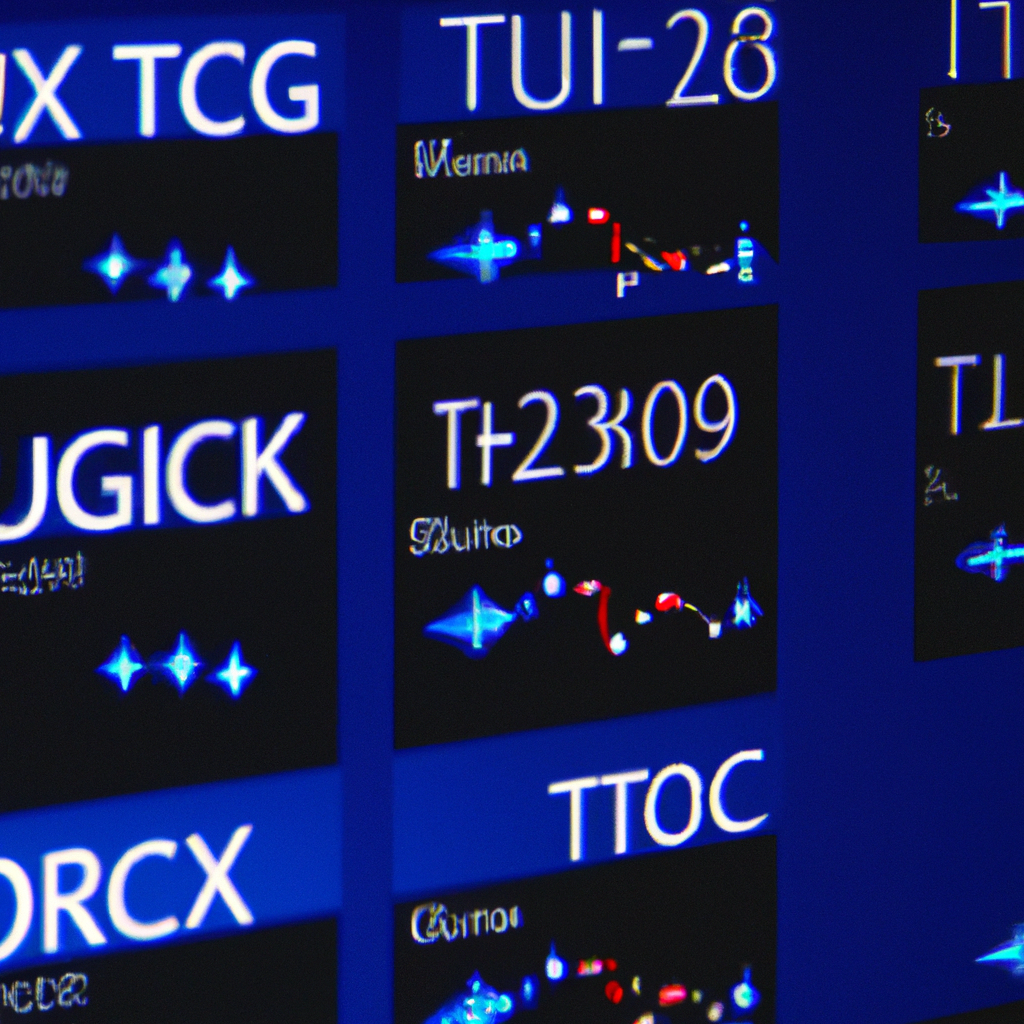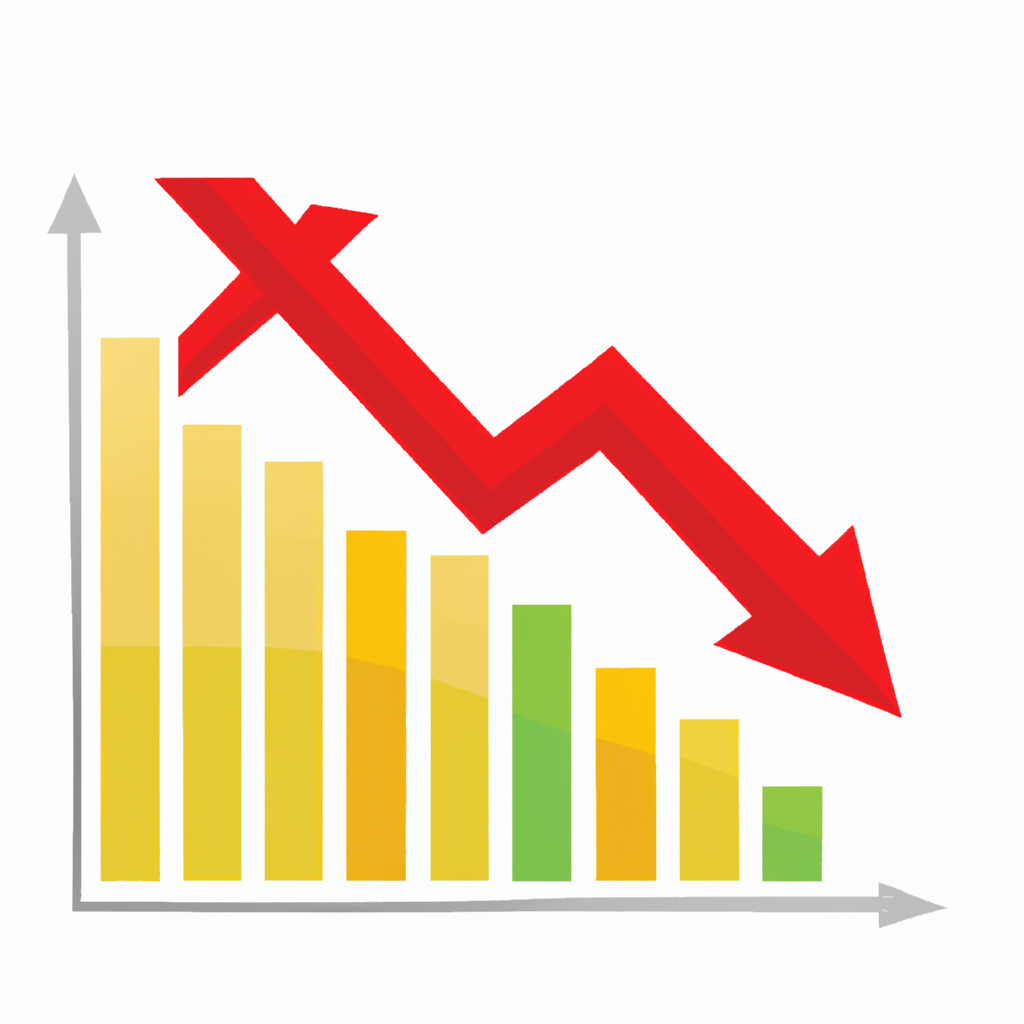Backtesting Trading Indicators: A Powerful Tool for Traders
Introduction
Trading in the financial markets can be a challenging endeavor, requiring traders to make informed decisions amidst uncertainty. To improve their chances of success, traders often rely on various indicators to analyze market data and identify potential trading opportunities. However, blindly following indicators without proper testing can lead to poor results. This is where backtesting trading indicators comes into play.
What is Backtesting?
Backtesting is the process of evaluating a trading strategy or indicator using historical data to determine its effectiveness and profitability. By simulating trades using past market conditions, traders can assess how well a particular indicator performs and make informed decisions about its suitability for real-time trading.
Why Backtest Trading Indicators?
Backtesting trading indicators offers several benefits for traders:
1. Evaluating Indicator Performance: Backtesting allows traders to assess how well an indicator performs under different market conditions. By analyzing historical data, traders can determine the indicator’s strengths and weaknesses, helping them make better-informed decisions.
2. Identifying Optimal Parameters: Many trading indicators have adjustable parameters that can be optimized for specific market conditions. Backtesting helps traders find the optimal values for these parameters, maximizing the indicator’s effectiveness.
3. Testing Trading Strategies: Backtesting is not limited to individual indicators but can also be used to test entire trading strategies. By combining multiple indicators and simulating trades, traders can evaluate the profitability of their strategies and make necessary adjustments.
Steps to Backtest Trading Indicators
To effectively backtest trading indicators, traders can follow these steps:
1. Data Collection: Gather historical market data for the desired time period. This data should include price information, volume, and any other relevant data points.
2. Indicator Selection: Choose the indicator(s) to be backtested. It could be a simple moving average, relative strength index (RSI), or any other indicator that aligns with your trading strategy.
3. Define Trading Rules: Establish clear rules for entering and exiting trades based on the indicator’s signals. For example, a buy signal could be generated when the indicator crosses above a certain threshold.
4. Simulate Trades: Using the historical data and the defined trading rules, simulate trades to determine the indicator’s performance. Keep track of the trades executed, including entry and exit points, profit or loss, and any relevant metrics.
5. Analyze Results: Evaluate the backtesting results to assess the indicator’s profitability and performance. Consider metrics such as the percentage of winning trades, average profit/loss per trade, and drawdowns.
6. Refine and Optimize: Based on the analysis, make necessary adjustments to the indicator’s parameters or trading rules. Repeat the backtesting process to compare the results with the previous iteration.
Conclusion
Backtesting trading indicators is a crucial step in a trader’s journey towards consistent profitability. By thoroughly evaluating an indicator’s performance using historical data, traders can gain valuable insights into its effectiveness and make informed decisions about its usage in real-time trading. Remember, backtesting is not a guarantee of future success, but it can significantly enhance a trader’s understanding of market dynamics and improve their trading strategies.



